Ski & snowboard New Zealand – fast facts
Which New Zealand ski area should you choose? Where do you get accurate weather information? How much will it cost? It’s always handy to know certain things before hitting the slopes. Get prepped for New Zealand’s ski season and check out fast facts on snowboarding and skiing New Zealand.
Commercial Skifields
These are the big kids of the New Zealand ski scene, usually with multiple chairlifts, lots of groomed runs, and a huge range of facilities, like on-mountain restaurants, ski schools, childcare facilities and international events.
Although lift passes for commercial fields tend to be a little more expensive than at club fields, they’re a great place to start if you’re new to the sport. They all have a variety of runs so you can slowly work your way up, and most runs are serviced by user-friendly chairlifts. You might experience a little more waiting around in line, but it’s a small price to pay for an easy introduction to the sport.
For experts, all of the commercial fields provide access to exciting off-piste terrain, steep, challenging runs and great natural features. New Zealand’s best parks can all be found on the commercial fields.
Read more for the latest season info on skiing and snowboarding in New Zealand
Club ski areas
You don’t have to be a member to ski on a New Zealand club ski area – anyone is welcome! The main drawcard of club ski areas is the price and lack of crowds. For an adult lift pass you typically pay at least NZ$20 less than for an adult lift pass on a commercial ski area.
Club ski areas are run by club members rather than by a company, most are not for profit, and the slopes are less crowded. Club fields are smaller but offer a more social atmosphere and conditions are still varied and exciting. However, lift facilities tend to be basic. Many run just T-bar lifts or rope tows, and they might not have snow grooming.
Most club ski areas provide cosy on-mountain ski accommodation, saving you travelling up the mountain on a daily basis. These are a great place to meet other snow lovers. Ski accommodation ranges from self-catered budget accommodation to ski lodges with chefs and outdoor hot tubs.
What does it cost to ski in New Zealand?
New Zealand is a good-value destination for a snowboard or ski holiday, especially if you’re travelling to New Zealand from the US, Australia or Europe. Expect to pay around NZ$25 to $55 for your après-ski main meal, NZ$25 to $70 per day for full snowboard/ski hire and an average of NZ$35 per day for full ski clothing hire on the mountain. A night’s accommodation starts at around NZ$30 for a dorm bed in a hostel and rises to NZ$300 (or more for the ultimate deluxe accommodation!). A one-day adult lift pass costs around NZ$95 to $150 at a commercial ski area or around NZ$50 to $100 at a club field.
Qualmark
Qualmark, New Zealand tourism’s official mark of quality, is awarded to New Zealand accommodation and transport providers and activity operators. Establishments carrying the Qualmark logo have been assessed as trustworthy and professional, and all types of accommodation are rated using a star system, telling you exactly what to expect.
New Zealand ski season
The New Zealand ski season usually runs from mid-June to October, which means that you can hit New Zealand’s ski areas when the snow in America and Europe is long melted. September to early October is still a good time to make your trip – a good base of snow combined with warmer air temperatures make for awesome spring skiing.
Travelling in New Zealand
New Zealand’s temperate climate means that you can enjoy myriad outdoor activities off the mountains even during peak ski season. If you feel like a day off from skiing, the snowy peaks of New Zealand’s mountains provide a great backdrop for water activities or golfing in the winter sun. Check out the regional pages for detailed information about the activities and attractions on offer.
Weather
Before heading out to the mountains, you should always check the weather. You can find detailed weather reports on New Zealand ski areas and mountains on metservice.com. Click on the relevant ski field for daily weather reports during the season.
Another option for getting your ski weather updates is MetService’s Snow Weather App – you can download the Snow Weather App for your mobile device here.
Emergency services
To call fire, police or ambulance services in an emergency, dial 111.
Ski Runs Colour Coding
New Zealand ski runs are graded according to difficulty and marked with the colours green, blue and black. Check out what the different colours stand for:
GREEN = Easy. Green ski runs are usually groomed and wide and not too steep.
BLUE = Intermediate. Usually groomed, but steeper and narrower in places than green runs. The bulk of runs in a ski area are normally blue, and they’re usually the busiest pistes.
BLACK = Advanced. Black ski runs are amongst the most difficult on a mountain often steep and/or require navigating rocks or bluffs.
DOUBLE BLACK = Experts only! Double black ski runs are exceptionally steep and may have obstacles such as trees or drop-offs.
Visitor information
Whether you need information on New Zealand’s mountains or general travel information, the i-SITE Visitor Information Centres, which you’ll find all around the country, are there to help. This extensive information network offers free local knowledge and can help you with reservations. For a list of New Zealand i-SITEs (and a printable map) visit isite.nz.
New Zealand snow sports organisations
Thinking of becoming a ski instructor? Interested in mountain safety courses? Looking for more information on professional snow sports in New Zealand? Here’s a list of great snow sports organisations:
Backcountry Avalanche Advisory Reports and news on safety in the backcountry and avalanche dangers.
Snow Sports NZ The FIS (International Ski Federation) and New Zealand Olympic Committee-recognised national sporting organisation for snow sports including alpine ski racing, cross-country skiing, freeskiing and snowboarding.
New Zealand Mountain Guides Association Provides training to International Federation of Mountain Guides (IFMGA) standards in New Zealand.
New Zealand Mountain Safety Council Enhancing safety in New Zealand outdoor adventure activities.
New Zealand Snowsports Instructors Alliance Training and certifying ski and snowboard instructors since 1971.
New Zealand Snow Safety Institute Running courses for those wanting to leave the skifields behind, including avalanche awareness, ski touring, ski/board mountaineering and alpine tramping, among many others.
Read more for the latest season info on skiing and snowboarding in New Zealand
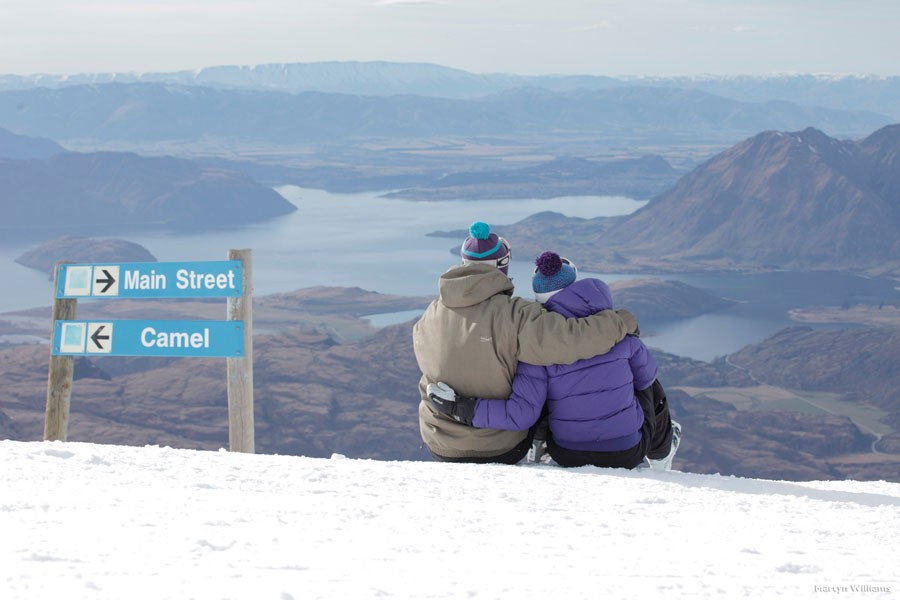
Martyn Williams
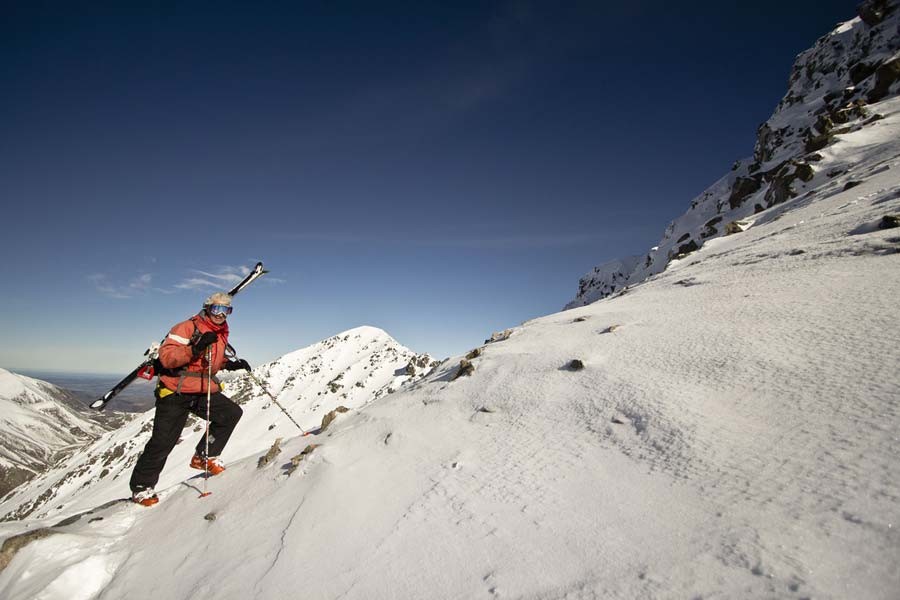
Image: Mt Olympus

Image: Mt Cheeseman
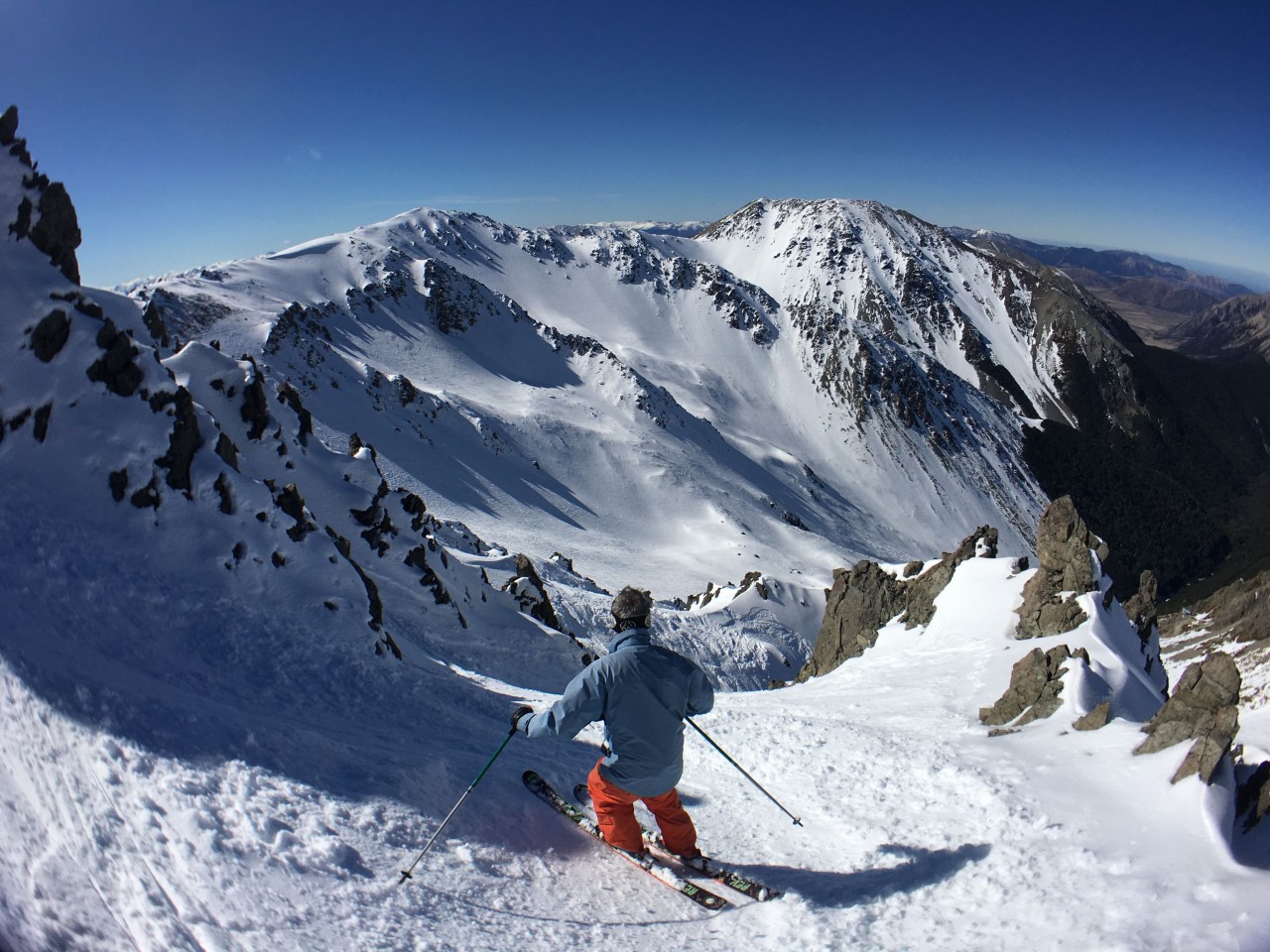
Image: Craigieburn
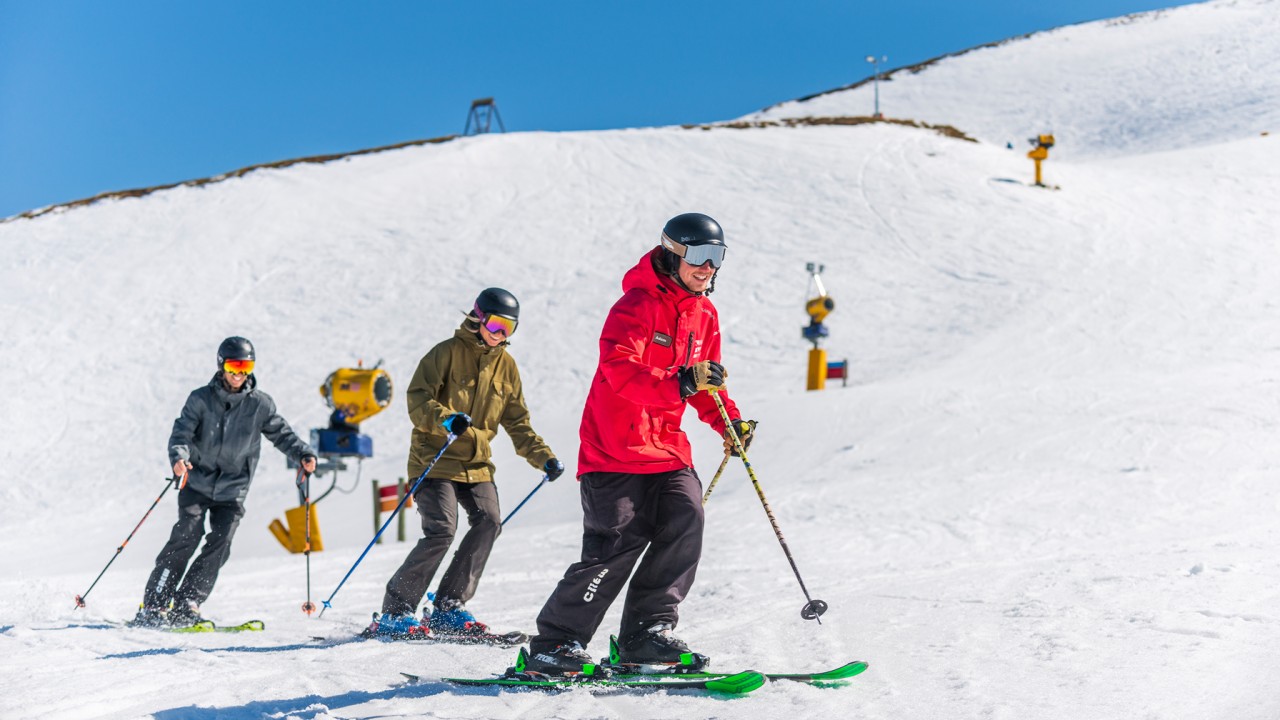
Image: Coronet Peak
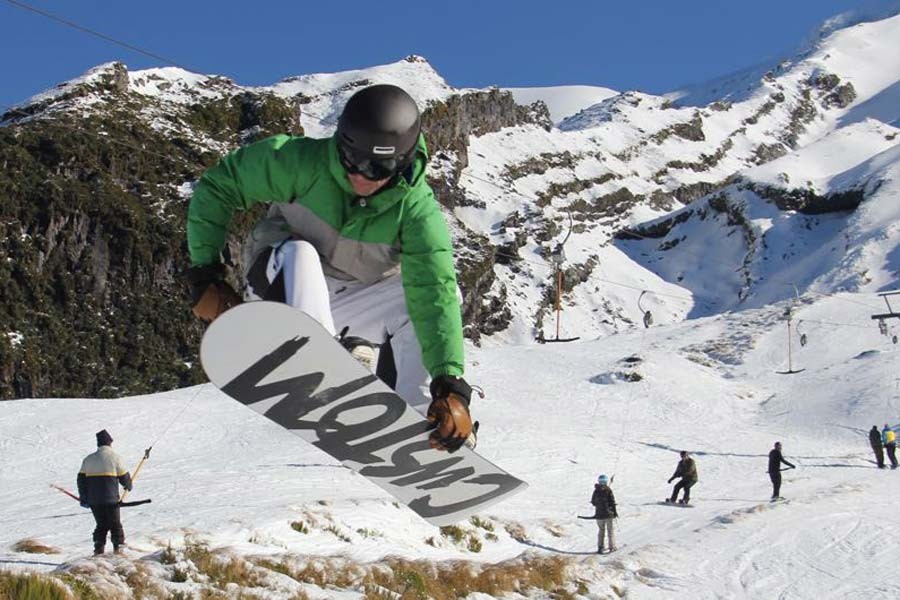
Image: Manganui Ski Area